Digital
Nakatomi 5 TBWA (Sydney) Eleven Kelloggs's Gut Bacteria Reef
-
Pou Auaha / Creative Directors
Andy Timms, Ben Bray
-
Ringatoi Matua / Design Director
Ben Bray
-
Ngā Kaimahi / Team Members
Levi Jacobsen, Hamish Pain, Tom Bremmer -
Client
Kelloggs Australia
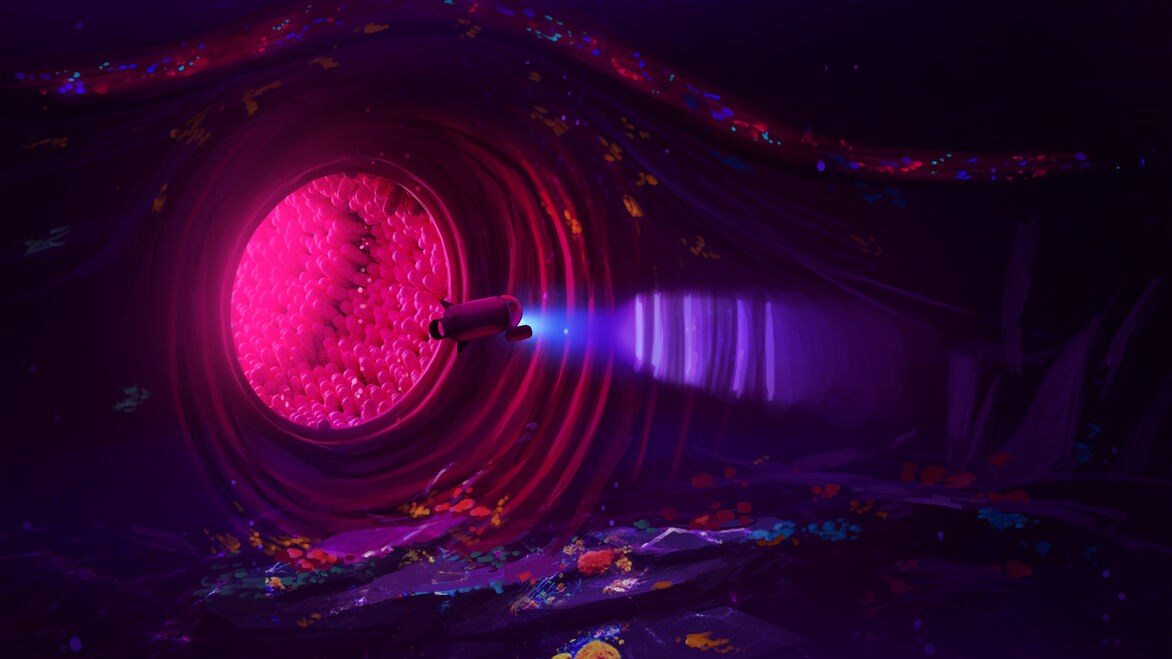
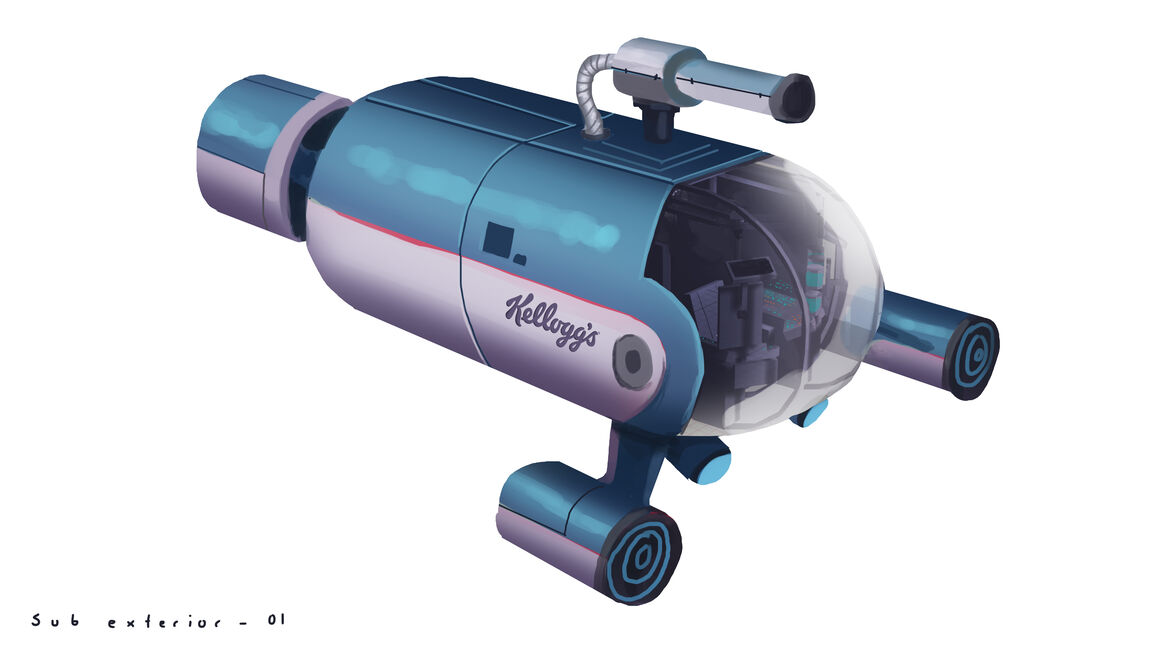
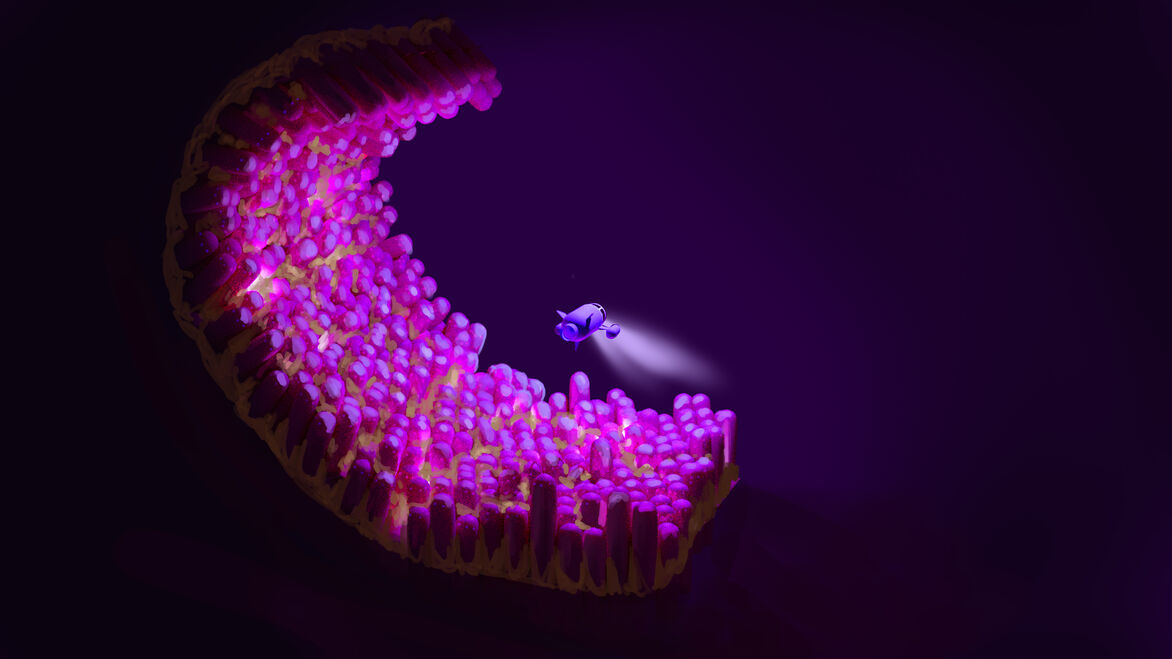
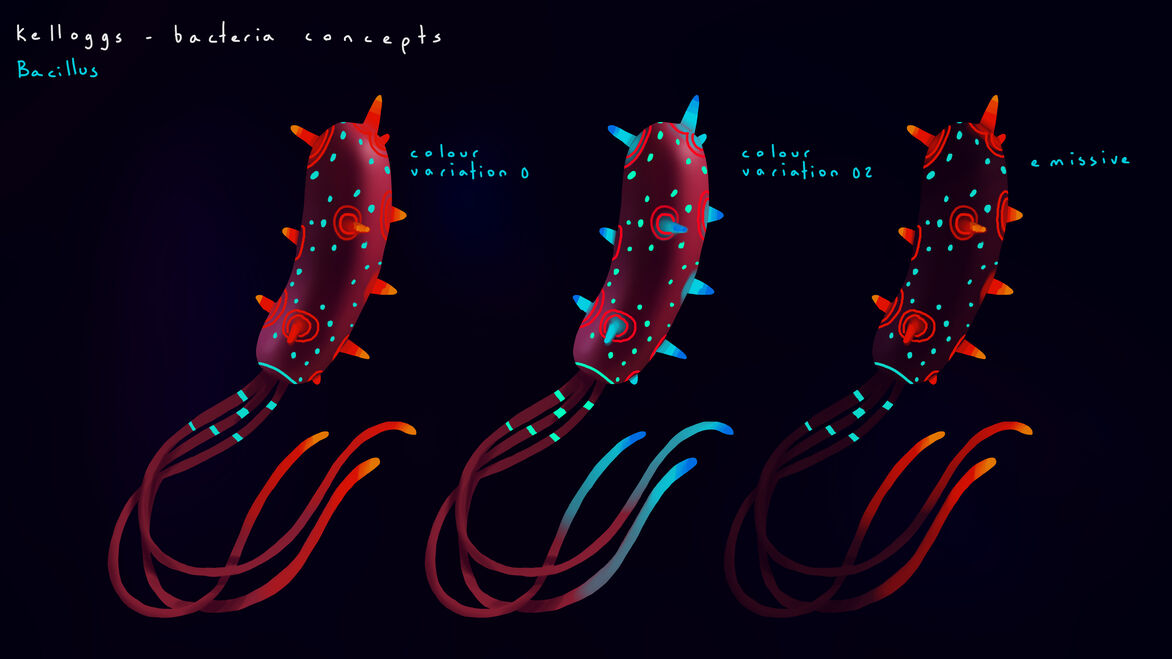
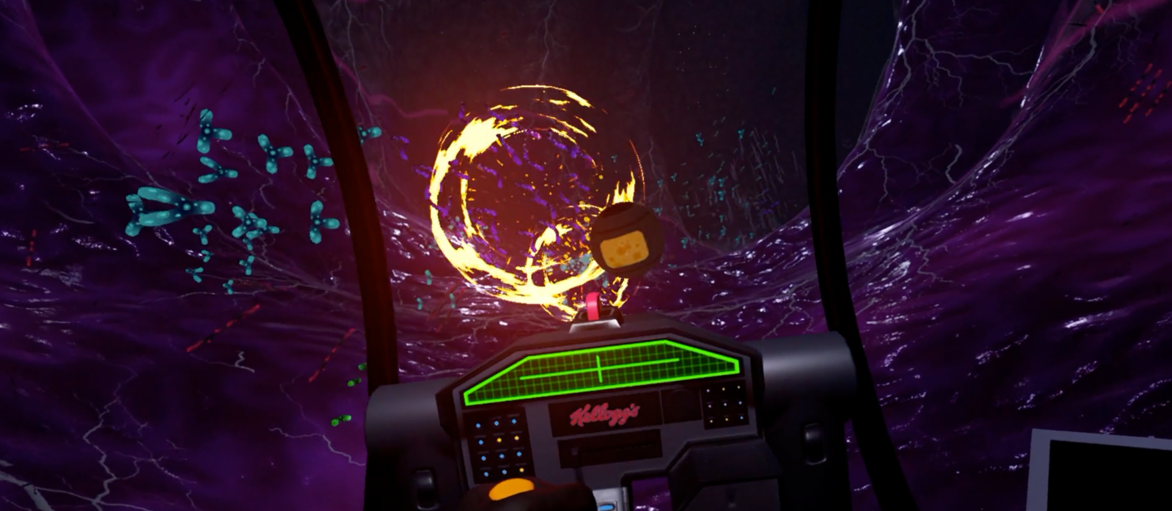
Description:
Kellogg's wanted to talk to young gamers about the health benefits of their cereals in a new and engaging way.
According to the CSIRO Institute of Research, despite 50% of Australians experiencing gut health problems, two-thirds still aren’t meeting their daily recommended intake of fibre. But it's a complex issue that's invisible to the naked eye.
We made the invisible, visible by creating Kellogg’s Gut Bacteria Reef. The world's first VR game set inside the human gut.
Players immersed themselves in the interactive experience, exploring the reef-like world from the perspective of a tiny submarine. Armed with high-fibre cereal, they battled bad bacteria and completed tasks to learn about different sources of fibre along the way.
Our gamified exploration of the gut engaged at every level. To drive fame and get the game into more young hands, we set up a VR activation at The Sydney Aquarium during the school holidays. There we blended virtual and reality, using the space to reinforce parallels between the ecosystem within and the Great Barrier Reef.
Kellogg’s is stocked in every major supermarket across the country. For mass reach, we made every pack of Sultana Bran, Special K, All-Bran and Guardian a portal to play. Linking families to the game on STEAM via QR code. A full 360 experience was also available to a wider audience through YouTube.
Every asset was crafted from scratch to achieve this unique mash-up aesthetic of underwater wonder and (not-too-gross but still grounded in realism) human biology. Achieving a sense of scale was incredibly important when moving between areas such as the long winding small bacteria and vast unending large intestine. We had to eke out every frame of performance to achieve the level of detail required to achieve this.
Designing the various bacteria was an especially fun challenge. Each one, whether they were good or bad, had to portray their relevant personalities, in how they looked, sounded and moved. Grounded in realism, holding true to their microscopic shapes and colours they were brought to life through personification in a way that made them approachable and memorable to kids.
To ensure every piece of information was taken in by the player, every important detail is reinforced with physical interaction and emotive music. This combination of narration and engagement ensures that every fact is being reinforced with a motion and therefore locked into the players’ memory.
The submarine was designed not only to propel players through the human gut but also as an ideal vehicle to answer some of the technical user interface challenges VR, as a medium, creates.
The front-facing cockpit directed the players’ focus toward the important subject matter and reduced the risk of motion sickness by creating a static visual anchor, always in view. The dynamic control panel allowed us to swap different control systems in and out throughout every stage of the journey - keeping the interactions fresh and relevant, and always within arms reach.